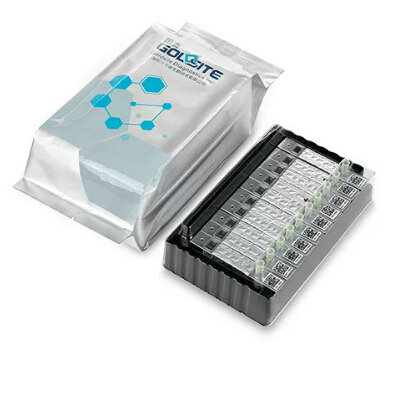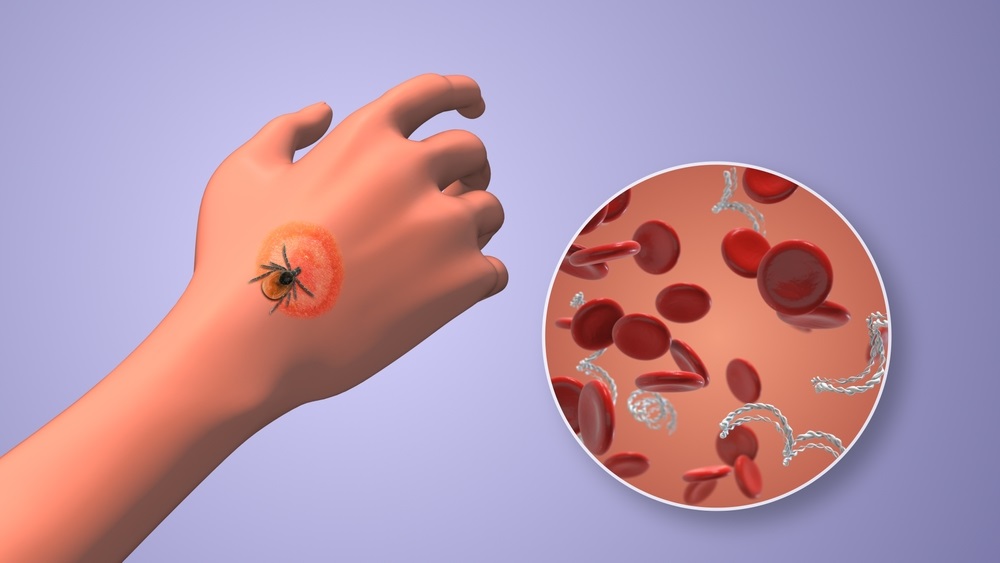Challenge to Reduce Sexually Transmitted Disease Infections Spurs Growth in IVD Sector
|
By LabMedica International staff writers Posted on 20 Dec 2015 |
Nearly one out of every five dollars earned in infectious disease testing is from a test for sexually transmitted infections (STIs) or women’s health test, according to a new healthcare market research report.
In its new analysis, “The World Market for Infectious Disease Testing,” Kalorama Information (New York, NY, USA) reported that responding to resilient and rebounding rates of STIs and the increasing specialization in medicine to optimally treat female patients and conditions, many in the IVD industry have prioritized assay menus in those areas across platforms, foremost in molecular diagnostics. Still, a diverse range of IVD products are used to for screening and assessment, including cultures, laboratory immunoassays, rapid immunoassays, molecular assays, and high-throughput blood screening assays.
“With consistent national reporting in the United States, it has become apparent that STIs have rebounded from reported historical lows and been resilient to eradication goals,” said Emil Salazar, Kalorama IVD analyst.
Within IVD, infectious disease tests for STIs and women’s health typically do not include diagnostics for HIV or viral hepatitis, which independently represent multi-billion-dollar markets. The most significant pathogens in STI and women’s health testing include Chlamydia (CT), gonorrhea (NG), syphilis, ToRCH panel pathogens, and human papillomavirus (HPV). The infections are highly impactful to community health, maternal health, and prenatal and neonatal health.
Chlamydia has been on the rise since reporting began in the US. Gonorrhea declined nearly 75% between 1975–1997, but thereafter remained roughly constant through 2009 before rising slightly every year through 2012. Syphilis , after declining nearly 90% between 1990-2000, reached its lowest rate in the US since reporting began in 1941. The dramatic decline of syphilis and the regional concentration of the disease lead the Surgeon General to release a national eradication plan in 1999, updated in 2006. However, syphilis rate subsequently increased each year from 2001 to 2009 and jumped another 22% between 2011–2013.
In some cases, the observed increases in STIs may be a result of improved screening and reporting efforts rather than an actual groundswell in infections. Among sexually active US women aged 16–24 years with commercial insurance plans, Chlamydia screening nearly doubled between 2001-2012 to 45%. Increased Chlamydia screening has also impacted gonorrhea reporting as multiplex CT/NG testing is highly common.
“While truly rising STI incidence in the US is debatable, the above trends are nonetheless positive for the IVD industry since STI screening is becoming more commonplace in healthcare given an ongoing emphasis upon preventative care and improving national insurance coverage,” said Salazar.
Related Links:
Kalorama Information
World Market for Infectious Disease Testing, report
In its new analysis, “The World Market for Infectious Disease Testing,” Kalorama Information (New York, NY, USA) reported that responding to resilient and rebounding rates of STIs and the increasing specialization in medicine to optimally treat female patients and conditions, many in the IVD industry have prioritized assay menus in those areas across platforms, foremost in molecular diagnostics. Still, a diverse range of IVD products are used to for screening and assessment, including cultures, laboratory immunoassays, rapid immunoassays, molecular assays, and high-throughput blood screening assays.
“With consistent national reporting in the United States, it has become apparent that STIs have rebounded from reported historical lows and been resilient to eradication goals,” said Emil Salazar, Kalorama IVD analyst.
Within IVD, infectious disease tests for STIs and women’s health typically do not include diagnostics for HIV or viral hepatitis, which independently represent multi-billion-dollar markets. The most significant pathogens in STI and women’s health testing include Chlamydia (CT), gonorrhea (NG), syphilis, ToRCH panel pathogens, and human papillomavirus (HPV). The infections are highly impactful to community health, maternal health, and prenatal and neonatal health.
Chlamydia has been on the rise since reporting began in the US. Gonorrhea declined nearly 75% between 1975–1997, but thereafter remained roughly constant through 2009 before rising slightly every year through 2012. Syphilis , after declining nearly 90% between 1990-2000, reached its lowest rate in the US since reporting began in 1941. The dramatic decline of syphilis and the regional concentration of the disease lead the Surgeon General to release a national eradication plan in 1999, updated in 2006. However, syphilis rate subsequently increased each year from 2001 to 2009 and jumped another 22% between 2011–2013.
In some cases, the observed increases in STIs may be a result of improved screening and reporting efforts rather than an actual groundswell in infections. Among sexually active US women aged 16–24 years with commercial insurance plans, Chlamydia screening nearly doubled between 2001-2012 to 45%. Increased Chlamydia screening has also impacted gonorrhea reporting as multiplex CT/NG testing is highly common.
“While truly rising STI incidence in the US is debatable, the above trends are nonetheless positive for the IVD industry since STI screening is becoming more commonplace in healthcare given an ongoing emphasis upon preventative care and improving national insurance coverage,” said Salazar.
Related Links:
Kalorama Information
World Market for Infectious Disease Testing, report
Latest Industry News
- Thermo Fisher and Bio-Techne Enter Into Strategic Distribution Agreement for Europe
- ECCMID Congress Name Changes to ESCMID Global
- Bosch and Randox Partner to Make Strategic Investment in Vivalytic Analysis Platform
- Siemens to Close Fast Track Diagnostics Business
- Beckman Coulter and Fujirebio Expand Partnership on Neurodegenerative Disease Diagnostics
- Sysmex and Hitachi Collaborate on Development of New Genetic Testing Systems
- Sysmex and CellaVision Expand Collaboration to Advance Hematology Solutions
- BD and Techcyte Collaborate on AI-Based Digital Cervical Cytology System for Pap Testing
- Medlab Middle East 2024 to Address Transformative Potential of Artificial Intelligence
- Seegene and Microsoft Collaborate to Realize a World Free from All Diseases and Future Pandemics
- Medlab Middle East 2024 to Highlight Importance of Sustainability in Laboratories
- Fujirebio and Agappe Collaborate on CLIA-Based Immunoassay
- Medlab Middle East 2024 to Highlight Groundbreaking NextGen Medicine
- bioMérieux Acquires Software Company LUMED to Support Fight against Antimicrobial Resistance
- Roche Acquires LumiraDx's Point of Care Technology for USD 295 Million
- Bruker Acquires IVD Manufacturer ELITech Group and Cell Imaging Company Phasefocus
Channels
Clinical Chemistry
view channel
3D Printed Point-Of-Care Mass Spectrometer Outperforms State-Of-The-Art Models
Mass spectrometry is a precise technique for identifying the chemical components of a sample and has significant potential for monitoring chronic illness health states, such as measuring hormone levels... Read more.jpg)
POC Biomedical Test Spins Water Droplet Using Sound Waves for Cancer Detection
Exosomes, tiny cellular bioparticles carrying a specific set of proteins, lipids, and genetic materials, play a crucial role in cell communication and hold promise for non-invasive diagnostics.... Read more
Highly Reliable Cell-Based Assay Enables Accurate Diagnosis of Endocrine Diseases
The conventional methods for measuring free cortisol, the body's stress hormone, from blood or saliva are quite demanding and require sample processing. The most common method, therefore, involves collecting... Read moreMolecular Diagnostics
view channel
Advanced Blood Test to Spot Alzheimer's Before Progression to Dementia
Alzheimer’s disease is well known for its slow development over many years, which typically leads to treatment interventions only after the disease has advanced to stages where it may be nearly impossible... Read more
Multi-Omic Noninvasive Urine-Based DNA Test to Improve Bladder Cancer Detection
Hematuria, the presence of blood in urine, is commonly associated with bladder cancer and is its most frequent symptom. Current guidelines recommend referring patients with hematuria to urology for clinical... Read more.jpg)
First of Its Kind NGS Assay for Precise Detection of BCR::ABL1 Fusion Gene to Enable Personalized Leukemia Treatment
The BCR::ABL1 fusion gene plays a key role in the pathogenesis of several blood cancers, particularly chronic myeloid leukemia (CML). This gene results from a chromosomal translocation that causes constitutive... Read moreHematology
view channel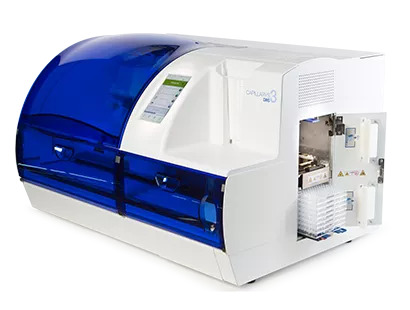
Next Generation Instrument Screens for Hemoglobin Disorders in Newborns
Hemoglobinopathies, the most widespread inherited conditions globally, affect about 7% of the population as carriers, with 2.7% of newborns being born with these conditions. The spectrum of clinical manifestations... Read more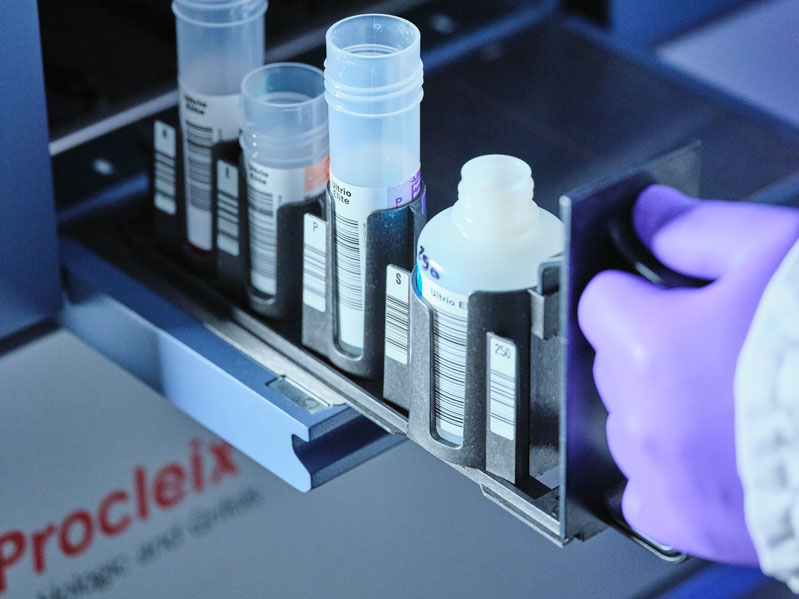
First 4-in-1 Nucleic Acid Test for Arbovirus Screening to Reduce Risk of Transfusion-Transmitted Infections
Arboviruses represent an emerging global health threat, exacerbated by climate change and increased international travel that is facilitating their spread across new regions. Chikungunya, dengue, West... Read more
POC Finger-Prick Blood Test Determines Risk of Neutropenic Sepsis in Patients Undergoing Chemotherapy
Neutropenia, a decrease in neutrophils (a type of white blood cell crucial for fighting infections), is a frequent side effect of certain cancer treatments. This condition elevates the risk of infections,... Read more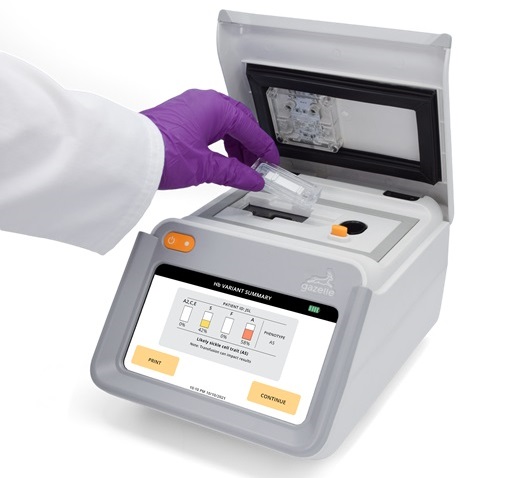
First Affordable and Rapid Test for Beta Thalassemia Demonstrates 99% Diagnostic Accuracy
Hemoglobin disorders rank as some of the most prevalent monogenic diseases globally. Among various hemoglobin disorders, beta thalassemia, a hereditary blood disorder, affects about 1.5% of the world's... Read moreImmunology
view channel
Diagnostic Blood Test for Cellular Rejection after Organ Transplant Could Replace Surgical Biopsies
Transplanted organs constantly face the risk of being rejected by the recipient's immune system which differentiates self from non-self using T cells and B cells. T cells are commonly associated with acute... Read more
AI Tool Precisely Matches Cancer Drugs to Patients Using Information from Each Tumor Cell
Current strategies for matching cancer patients with specific treatments often depend on bulk sequencing of tumor DNA and RNA, which provides an average profile from all cells within a tumor sample.... Read more
Genetic Testing Combined With Personalized Drug Screening On Tumor Samples to Revolutionize Cancer Treatment
Cancer treatment typically adheres to a standard of care—established, statistically validated regimens that are effective for the majority of patients. However, the disease’s inherent variability means... Read moreMicrobiology
view channel
Integrated Solution Ushers New Era of Automated Tuberculosis Testing
Tuberculosis (TB) is responsible for 1.3 million deaths every year, positioning it as one of the top killers globally due to a single infectious agent. In 2022, around 10.6 million people were diagnosed... Read more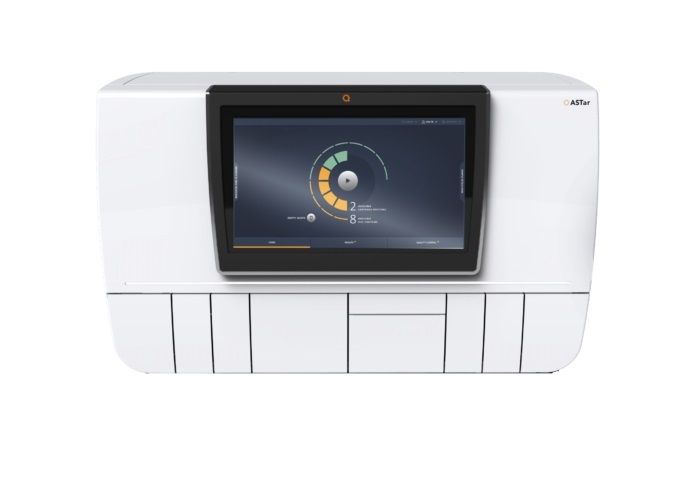
Automated Sepsis Test System Enables Rapid Diagnosis for Patients with Severe Bloodstream Infections
Sepsis affects up to 50 million people globally each year, with bacteraemia, formerly known as blood poisoning, being a major cause. In the United States alone, approximately two million individuals are... Read moreEnhanced Rapid Syndromic Molecular Diagnostic Solution Detects Broad Range of Infectious Diseases
GenMark Diagnostics (Carlsbad, CA, USA), a member of the Roche Group (Basel, Switzerland), has rebranded its ePlex® system as the cobas eplex system. This rebranding under the globally renowned cobas name... Read more
Clinical Decision Support Software a Game-Changer in Antimicrobial Resistance Battle
Antimicrobial resistance (AMR) is a serious global public health concern that claims millions of lives every year. It primarily results from the inappropriate and excessive use of antibiotics, which reduces... Read morePathology
view channel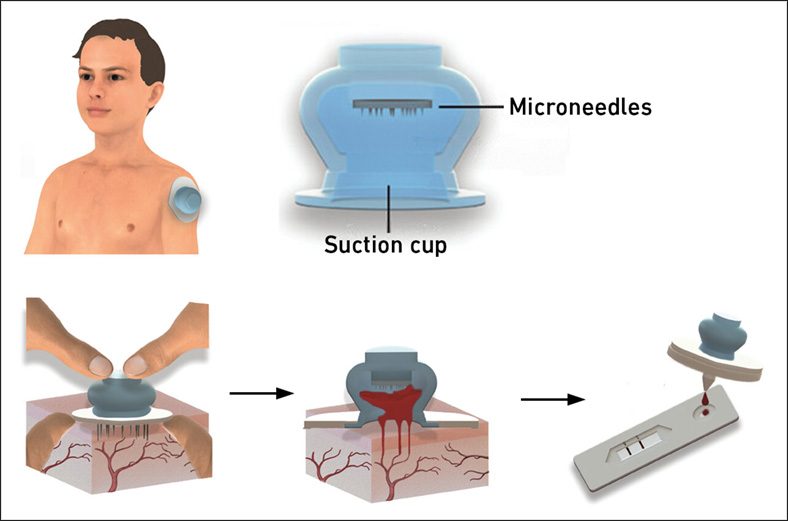
New Blood Test Device Modeled on Leeches to Help Diagnose Malaria
Many individuals have a fear of needles, making the experience of having blood drawn from their arm particularly distressing. An alternative method involves taking blood from the fingertip or earlobe,... Read more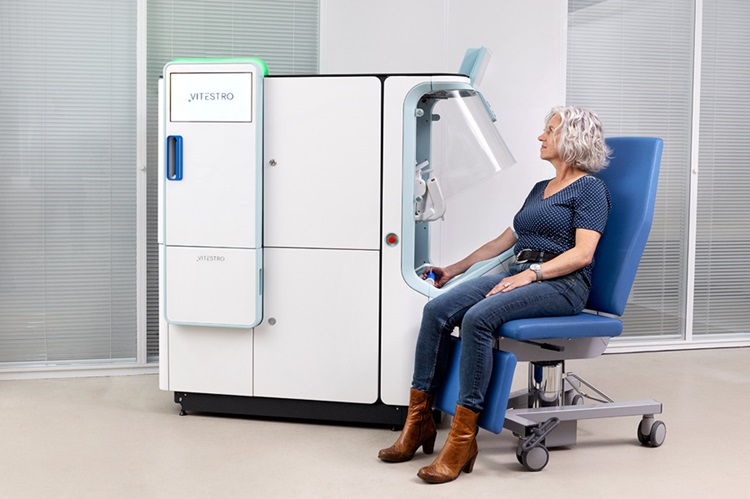
Robotic Blood Drawing Device to Revolutionize Sample Collection for Diagnostic Testing
Blood drawing is performed billions of times each year worldwide, playing a critical role in diagnostic procedures. Despite its importance, clinical laboratories are dealing with significant staff shortages,... Read more.jpg)
Use of DICOM Images for Pathology Diagnostics Marks Significant Step towards Standardization
Digital pathology is rapidly becoming a key aspect of modern healthcare, transforming the practice of pathology as laboratories worldwide adopt this advanced technology. Digital pathology systems allow... Read more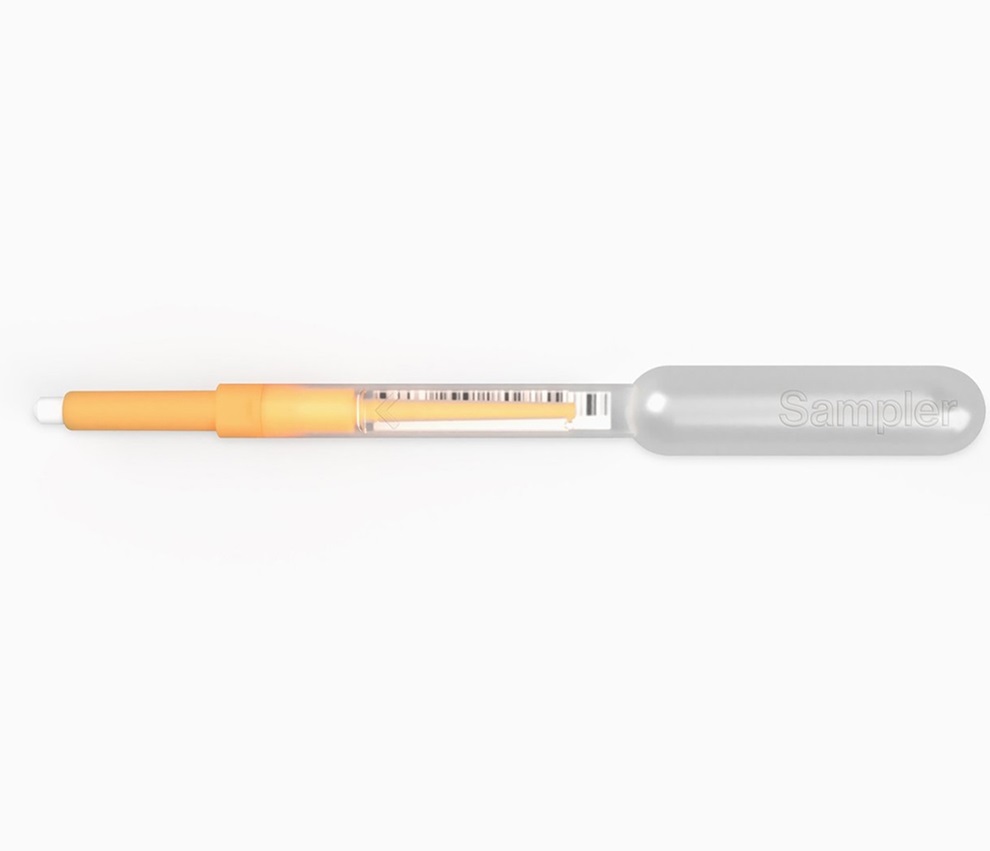
First of Its Kind Universal Tool to Revolutionize Sample Collection for Diagnostic Tests
The COVID pandemic has dramatically reshaped the perception of diagnostics. Post the pandemic, a groundbreaking device that combines sample collection and processing into a single, easy-to-use disposable... Read moreTechnology
view channel
New Diagnostic System Achieves PCR Testing Accuracy
While PCR tests are the gold standard of accuracy for virology testing, they come with limitations such as complexity, the need for skilled lab operators, and longer result times. They also require complex... Read more
DNA Biosensor Enables Early Diagnosis of Cervical Cancer
Molybdenum disulfide (MoS2), recognized for its potential to form two-dimensional nanosheets like graphene, is a material that's increasingly catching the eye of the scientific community.... Read more
Self-Heating Microfluidic Devices Can Detect Diseases in Tiny Blood or Fluid Samples
Microfluidics, which are miniature devices that control the flow of liquids and facilitate chemical reactions, play a key role in disease detection from small samples of blood or other fluids.... Read more







